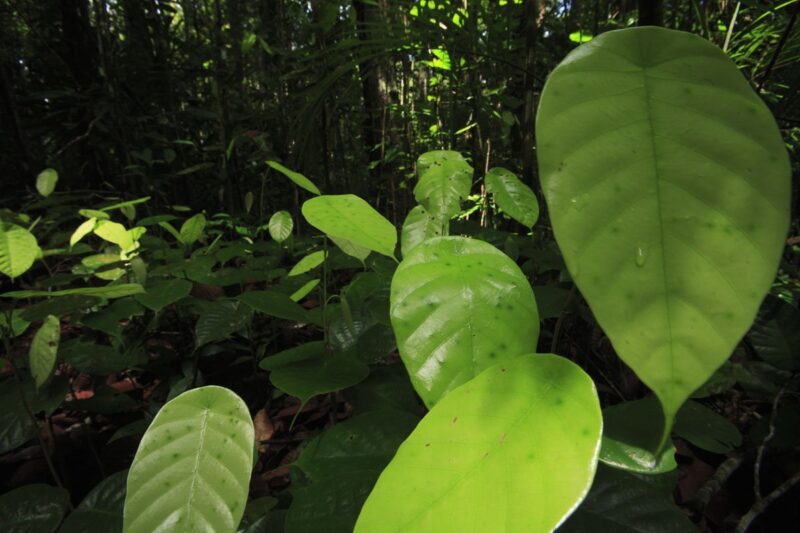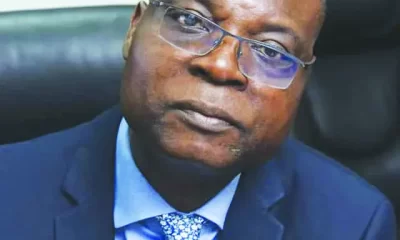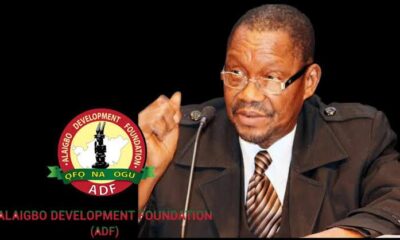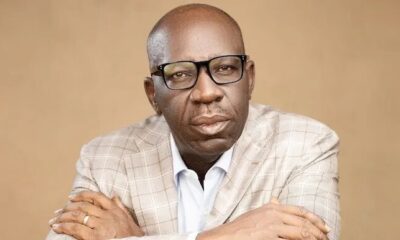Global Issues
The Highwaymen: An African Contribution To The World Of Modern American Arts -By Charles Anyiam
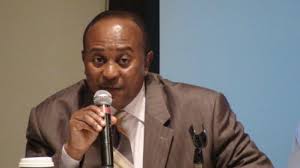

Charles Anyiam
This year’s Black History Month – February – has come and gone but the memories still linger. As a matter of fact, the history of Blacks in America is analogous to that of the United States – the contributions of Africans (who were shipped to the so-called new world) in the areas of the sciences, the arts, agriculture, sports, etc., and to the development of human capital which today still remains as part of the fabric of which the great United States is sewn.
From Alabama to Mississippi, from Tennessee to Florida, and from New York to California, tales of the accomplishments of African Americans during and after slavery demand to be celebrated – for a group who against their will were forcibly taken from the shores of Africa to a strange land and to thereafter manage to thrive in a way that today they not only straddle respectable positions in academia, politics, commerce, sports and entertainment, but have produced the nation’s number one citizen. This testifies to the resilience of the human spirit and the innate ability of Americans to take their destiny in their own hands.
Talking of taking hold of one’s destiny brings me to the gutsy story of a band of self-taught itinerant Black artists in the tiny city of Fort Pierce in the easterly coast of Florida, who in the 1950s (the Jim Crow days), in lieu of picking oranges, took to painting the state’s gorgeous landscape on cheap wall canvas which they framed, loaded into the trunk of their cars, from where they sold them up and down the highways. Their art was so compelling and original in character that they quickly built up a horde of clientele of locals who were to brand these young and restless Black souls as “The Highwaymen”. The name was first given to them by Jim Fitch, a Florida art collector. Today, the artistic exploits of these men have become some of the most subscribed tourism products of the State of Florida and I dare say, the United States of America.
For the records, the art of the Highwaymen now adorns the rotunda of the White House, the Governor’s Mansion in Tallahassee, Florida and homes and public places around the world. Their unique paintings numbering about 200,000 are said to be actively collected and curated by art dealers around the world, an upsurge that led to the establishment of The Highwaymen Heritage Trail by the City of Fort Pierce. And I recently had the privilege of a guided tour of the trail.
Twenty-six in number, The Highwaymen never received any formal training, except for Alfred Hair who apprenticed with landscape artist, A.E. “Bean” Backus, also a White Fort Pierce native whose family defied the colour barriers of that era to embrace and mentor young Blacks. With no pretensions about their art, “they saw themselves as craftsmen, painting pictures strictly to earn a living,” according to narrator Spencer Christian. “They painted on wallboard because it was cheaper than canvas. Back then it was called ‘junk art’. But in 1995, the Highwaymen became recognised by the art world. Today, their paintings sometimes sell for thousands of dollars, and they are considered an important part of Florida’s 20th century cultural history.
“They mainly painted Florida’s back-country scenes – coastal savannah, hardwood hammocks, lonely tannin-stained rivers…
expansive skies, capacious clouds, using bold strokes of dramatic colours. Theirs is an inspirational story of ingenuity and
entrepreneurship, and ultimately, of perseverance in the face of societal limitations.”
foraminifera
Part of the trail included a stop at the A.E. Backus Museum & Gallery where exhibits and special events with focus on the
Highwaymen art are held; the A.E. Backus Studio, home of Mr. Backus where he painted and taught art to budding artists; and the Lincoln Park Academy, a storied High School attended by most of the Highwaymen who studied art with Ms. Zanobia Jefferson, whose surviving daughter, Ms. Ionis Jefferson, herself a school teacher, lamented the scant recognition which her mother’s contribution to the making of the legend of the Highwaymen has received in the overall scheme of things.
Of particular note is the story of one of the most prolific of the Highwaymen, Alfred Hair, whose Dunbar House spot which he ran with his wife Dorethea provided artistic and social hospitality to his colleagues. The flamboyant and highly gifted young man was to be tragically murdered under conflicting circumstances inside Eddie’s Place, a watering hole where the young at heart of the City’s Black community hung out for happy hours and repartee. Up until today, Dorethea still talks of her husband with such adoration and immediacy. “Alfred loved life and loved to dress up. He was handsome which tricked me into marrying him in the first place, even when he had no job. From his art, he later made money enough to buy us a house and a Cadillac.”
To memorialise their contributions, Fort Pierce is awash with the works of the Highwaymen, and on the trail is an obelisk in the city centre with mosaic versions of the artists’ paintings put together by a Florida artist Stephanie Jaffe. At the end of the trail is the city’s Intermodal Transit Facility where all the 26 artists are honoured with individual brass plaques.
Of the 26 Highwaymen, nine are said to be considered the original. They are: Harold Newton, Alfred Hair, Roy McLendon, James Gibson, Livingston Roberts, Mary Ann Carroll, Sam Newton, Willie Davis and Al Black. The rest include Robert Lewis, John Maynor, Alfonso Moran Lemuel Newton, Willie Reagan, Carnell Smith, Charles Walker, Sylvester Wells, Charles Wheeler, Isaac Knight, James Gibson, Rodney Demps, Willie Daniels, Johnny Daniels, George Buckner, and Ellis Buckner.
With many parts of the City Hall literally decorated with the pioneering works of these men who lived ahead of their times, Mayor Linda Hudson’s words on the event pamphlet for the ribbon-cutting ceremony to celebrate the opening of the 2016 The Highwaymen Trail, most appropriately surmises the legacy of these Black men and their landmark contributions to the richness of America’s tumultuous, rich and dynamic culture: “A tale of triumph, of personal survival, of discipline, and finally, of faith.”
Charles Anyiam is Editor-In-Chief, The African Times – USA.

